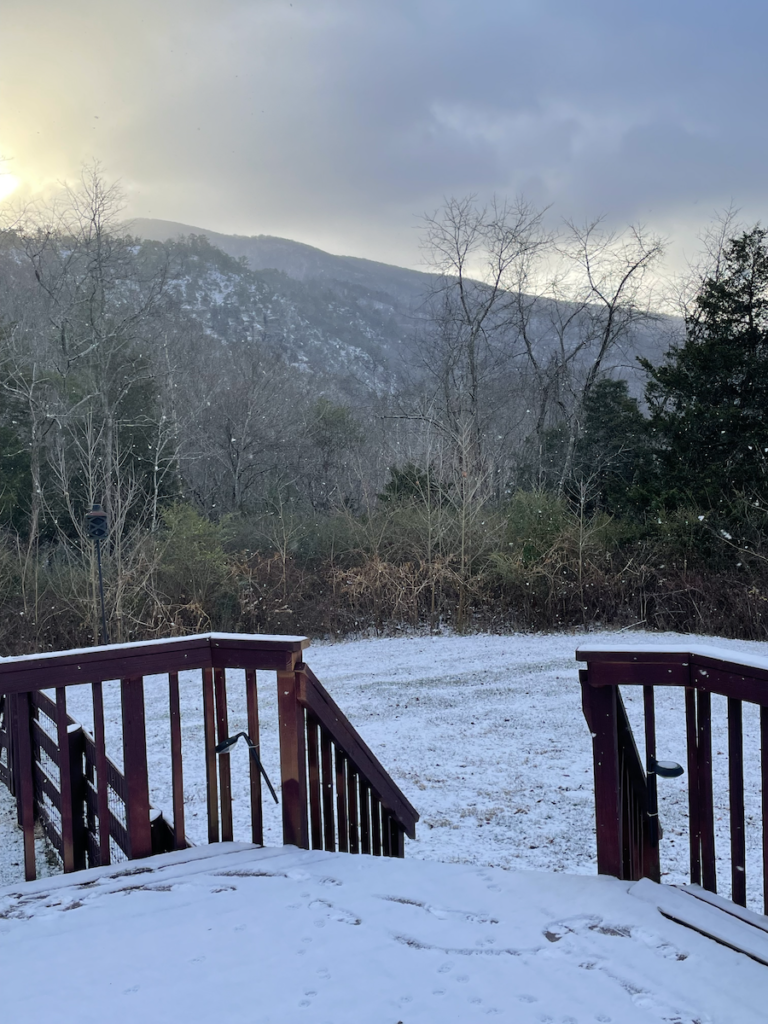The world as we know it ended in 2022.
Yet, as we discussed yesterday, our entire approach to retirement planning is based on the world that ended. This new world we’ve entered into comes with new rules of money… and these new rules require a new approach.
I submit to you that we should scrap the nest egg model completely. Because it forces us to choose between assets and income. That’s the core premise within my book Beyond the Nest Egg.
Instead, we should start thinking in terms of “financial security” and then “financial independence”.
Financial security comes first. This is how we make our savings bulletproof.
To achieve financial security, we must assess our current needs and lifestyle relative to our career, income, and family situation.
Based on these things, how much money do we need to save to provide ourselves with reasonable continuity should we lose our job, our income, or suffer a major emergency?
This number is going to be different for each of us.
If we’re young and just getting started, maybe $25,000 is enough. If we’re middle age with a family, maybe we need to accumulate $50,000 or $100,000. And if we’re in or approaching retirement age, we may want our financial security number to be even higher.
But here’s the thing – we don’t simply stuff this money into a savings account or some kind of fund. We build a strategic asset portfolio across a range of asset classes. Each asset serves a different purpose for us.
Continue reading “The New Rules of Money for the 2020s and Beyond – Part 2”
